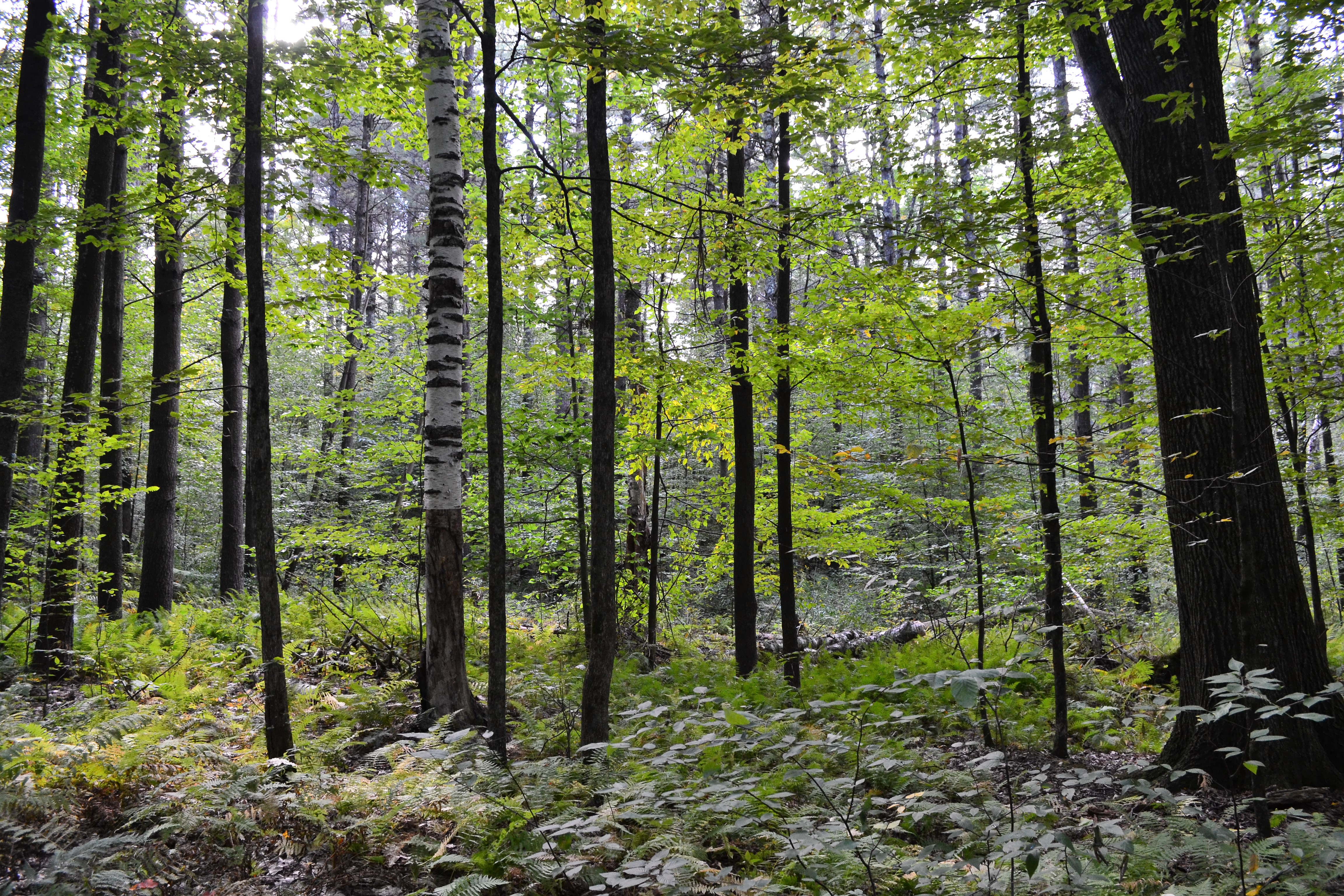Current Use: Mechanics
Ironing out some frequently asked questions about the UVA program The Current Use program can at times be a complicated subject. Participants and others interested in the program sometimes have questions about how the program works, its effects on taxes, and other subjects. This article will seek to explain some of the “nuts & bolts” of the program and answer some of these questions about the program.
To begin, the Use Value Appraisal program, better known as Current Use, began in 1978. The program allows landowners that practice responsible forest management to have their property taxes based on its forestry value as opposed to the assessed value. Agricultural land can also be enrolled in the program. As of 2016, there were around 18,400 parcels of land enrolled in the program totaling 2.4 million acres.
One question that arises with the program is how are forestry values determined? Land enrolled in the program is assessed at its “use value” which is much lower than the fair market value. Use values are determined annually by the Current Use Advisory Board. For instance, the use value for the 2021 tax year is $152 per acre for forest land. Having the land assessed at its use value lightens the tax burden on the landowner helping the property remain as working land, since the higher taxes that come with owning many acres of land can lead some landowners to sell it for development purposes.
People sometimes wonder about the effects of the program on property taxes. The reduction in property taxes for enrolled individuals can lead to the thinking that taxes will be raised for others to make up for the loss in revenue that is caused by the program. This is not the case, however. The State reimburses municipalities for lost tax revenue using money from the
State’s General Fund. Money for reimbursements also comes from fines paid by landowners within the program for either unwarranted development and/or leaving the program prematurely. Therefore, the Current Use Program does not result in an increase in taxes nor a loss of revenue for municipalities. Landowners enrolled are still paying a good deal in property taxes as they own anywhere from tens to thousands of acres of land. The program is designed to bring tax equity, not be a tax benefit.
Development and penalties are other areas of clarification for landowners. According to the Vermont Agency of Natural Resources, development is defined as, “…subdivisions creating parcels less than 25 acres, buildings or roads not used for farming or forestry, commercial mining, excavation, energy generation or communication structures, and other non-conforming uses or the cutting of timber contrary to published silvicultural standards for UVA and/or the approved management plan.”
A property enrolled in the Current Use program must be at least 25 acres with at least 20 acres of forest that will be managed under a 10-year forest management plan. Penalties are incurred when development that makes the property less than 25 acres takes place, or when logging and other actions that are contrary to the management plan are done (or not done) on the
land. This penalty is referred to as the Land Use Change Tax and it is applied to the acreage on which the cutting or other unapproved activity occurred. In addition to the LUCT, the remainder of the enrolled land is disqualified from the program.
For more information on the Current Use program and answers to other questions on the
program, check out these resources:
Vermont Woodlands Association: Guide to Current Use
Vermont Woodlands Association: Consulting Foresters Directory
Vermont Natural Resources Council: Community Planning Toolbox: Current Use Taxation
Vermont Agency of Natural Resources, Department of Forests, Parks, and Recreation: Use
Value Appraisal
Vermont Agency of Administration, Department of Taxes, Current Use



